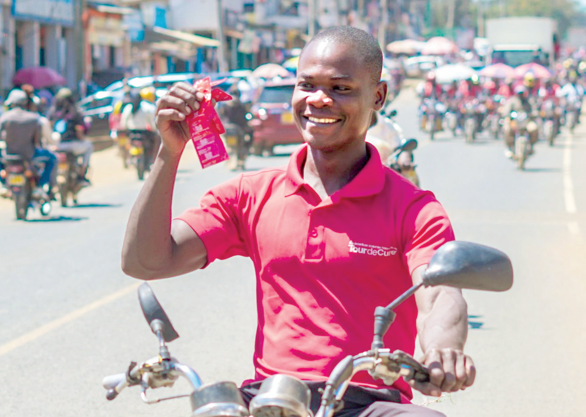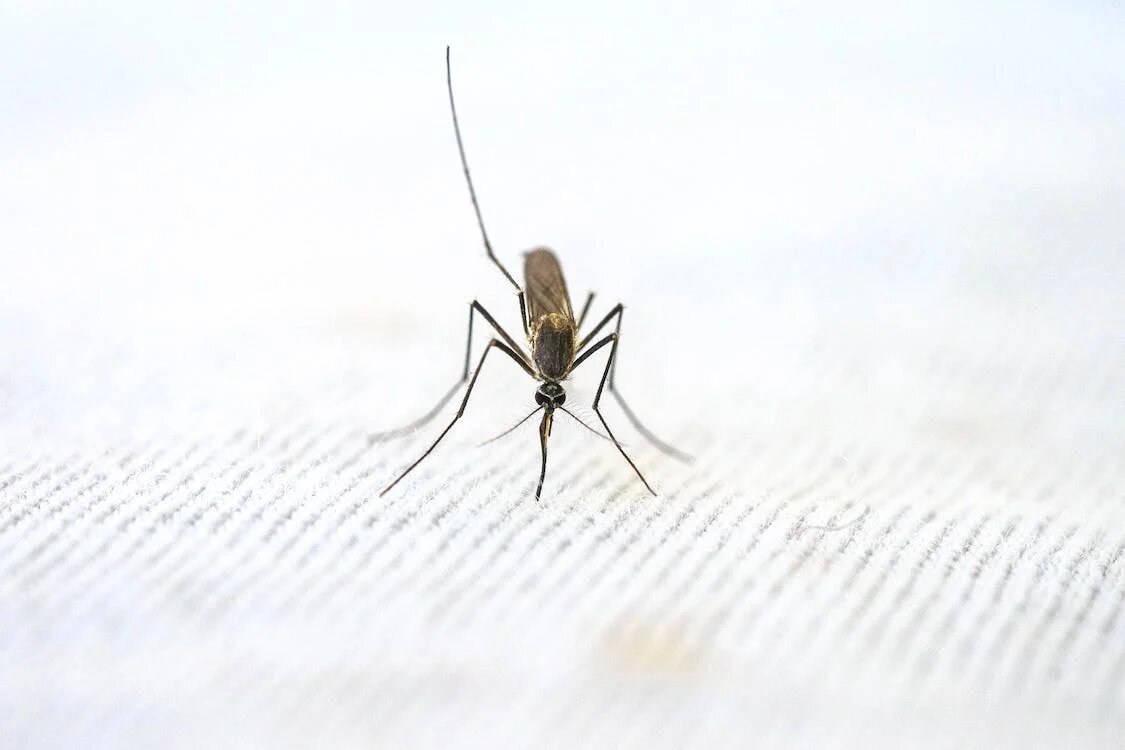Pick a condom as you shop for Valentine, lovers advised

Organisations involved in the fight against HIV/Aids want lovers to include condoms in their shopping list for today’s Valentine’s Day.
National Syndemic Diseases Control Council (NSDCC) and other stakeholders made the call following concerns that pleasure seekers are likely to engage in unprotected sex, with the latest statistics revealing there is poor access to and use of condoms among lovers.
This will help them protect themselves against sexually transmitted infections, including HIV.
Kenya National Bureau of Statistics (KNBS) data for 2024 showed that condom use at the last high-risk sex among adults aged 15 to 49 years old was 67.9 per cent.
The Kenya Health Information System (KHIS) assessment for October 15, 2024, showed condom use at last high-risk sex among women aged 15 to 49 years old stands at 36.7 per cent. This points to a high rate of infections of HIV among adolescents and young adults, as details emerged that condom use in this group is low.
Stanley Ngara, the founder of the Africa King of Condom platform regretted that instead of protecting themselves against HIV and STIs, youth prefer buying themselves expensive alcohol, celebrating then engaging in unprotected sex.
“We are worried because of the low usage of condoms in young people. They do not understand why they should use them,” he said at Rongo University in Migori county yesterday where he took his condom use advocacy.
Ngara attributed low condom uptake in youth to a lack of awareness, and many times lack of money to buy.
The price market of commercial condoms ranges from Sh50 to Sh1,000 depending on the brand.
However, for a number of experts who congregated at the University for the International Condom Day celebrations, access – to the single most sure commodity for the protection of STIs, and unwanted pregnancies – is a challenge currently.
Some reports at the NSDCC reveal that at least 73 per cent of the 16, 000 new HIV infections reported last year, were among individuals in the age bracket of 15 and 34 years
Aids Healthcare Foundation (AHF) Dr Samuel Kinyanjui says instead of condom use, youth prefer to use PreP to prevent HIV infections.
Access to Pre-exposure Prophylaxis (PrEP) is low according to Dr. Kinynjui, compared to condoms. “We encourage young people to include condoms in their budgets. As a health expert, we know investing in condoms is key, as failure results in long-term use of HIV treatment,” he said.
Dr. Kinyanjui noted that even though young people prefer PreP, its acquisition process is long and therefore discourages many.
Dwindling condoms supply
“For instance, they have to go to hospital for tests to determine their status before any prescription, and if it turns out they are positive, then they will have to take the drugs for longer period as compared to condom whose process only involves purchasing in shops,” he said.
With the recent foreign aid policy review by the US government, supply of PreP to Kenya is no longer a guarantee. It is also not among activities waived by the US Department of State.
According to Global Health Security and Diplomacy under the US Department of State, 90-day’s waiver, PrEP shall only be offered to pregnant and breastfeeding women during the pause.
Kinyanjui said despite the stop work order, donor support for condom supply has been dwindling for the past five years.
Director of Health Promotion and Programme Management at NSDCC, Dr Stephen Ndolo also encouraged youth and young adults to use condoms to prevent new HIV infections and re-infections.
However, he noted that the low supply of free-to-access condoms following dwindling donor support is a matter of concern.
“We have condoms in the country, but at times free condoms are not accessible,” said Ndolo.










